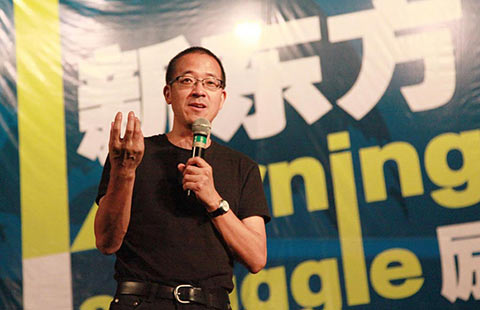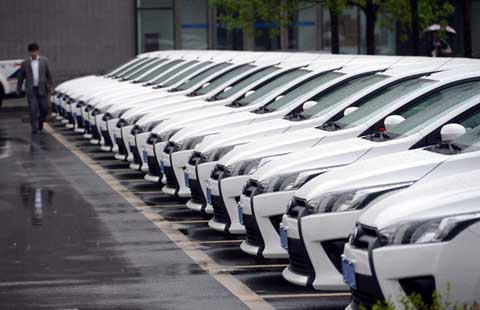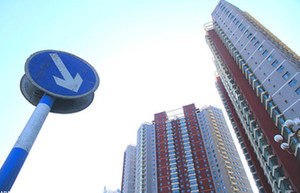Moving up the property ladder
By Xing Zhigang and Li Jiabao (China Daily) Updated: 2014-05-20 07:01William Wang, assistant to the CEO and the new development manager of Galencia Property, said the company's interior decoration services rely heavily on design tips borrowed from Chinese architecture, such as hollowing-out for better use of space, use of power-saving appliances and furniture with better function and style.
"We have a design team in China and also in South Africa. A design will be exchanged and modified many times to meet local demand and add Chinese ingredients. In most cases, our innovation has been accepted readily by local consumers," Wang said.
|
 |

|
"But a bigger garden has a higher requirement for trees. The more we emphasize our selling point, the more we are creating a demand for ready-made nurseries, something that is expensive and always in short supply."
The company has already branched out into the nursery business on 30 ha of land, which Cheng said is also profitable. "Profit margins from the nursery business are really high, sometimes as high as 300 percent, and much higher than what we would make in China."
He said that the parent company will further expand its South African business to include construction materials and papermaking, depending on the market conditions.
Parent company Huaqiao Fenghuang is already involved in real estate, agriculture, manufacturing, finance, overseas investment and trade. This background has enabled Galencia to explore the possibilities of entering different industries, which "may not necessarily be independent but must be profitable", Cheng said.
As a company straddling various businesses, the subsidiary's key to successful management lies in how it manages and controls the details, he said.
"There are still some notable challenges, such as the cost of construction materials, which makes up most of the total costs and has been rising by 5 to 10 percent every year," Cheng said. He added that legal and tax policies increase the overall costs.
- Odd-even car ban to ease Tianjin pollution
- Poland to export dairy products to China, says minister
- PLA procurement to lift domestic car brands
- Moving up the property ladder
- Foreign trade recovery seen in Pearl River Delta
- Wuliangye gives lower prices a shot
- Yellow brick road
- Top 8 most influential English training centers














